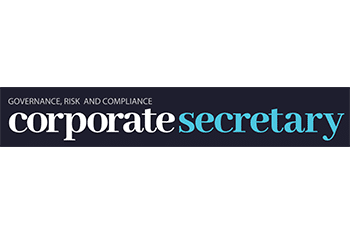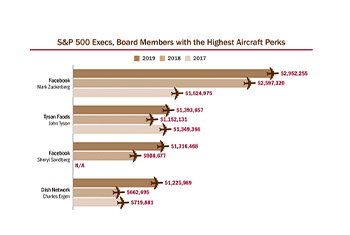The Wall Street Journal reported that, according to data provider MyLogIQ, 87 percent of companies in the S&P 500 opted for a virtual AGM this year compared with 23 percent of meetings held remotely in 2019. Companies are finding virtual AGMs to be cheaper and less time-consuming, but some shareholders complain they don’t get as much time to ask their questions.
Remote investor events held by companies in the S&P 500 this year ran for an average of 32 minutes, seven minutes shorter than in-person shareholder meetings in 2019, according to a recent study of more than 90 annual meetings by the Hebrew University of Jerusalem. Executives allocated less time for business updates and for answering shareholders’ questions compared with in-person meetings in 2019, the study noted.
– TikTok said it planned to file a lawsuit on Monday against US President Donald Trump’s executive order prohibiting transactions with the short video app and its Chinese parent ByteDance, Reuters reported. TikTok said it had tried to engage with the US administration for nearly a year but faced ‘a lack of due process’ and that the government paid no attention to the facts.







